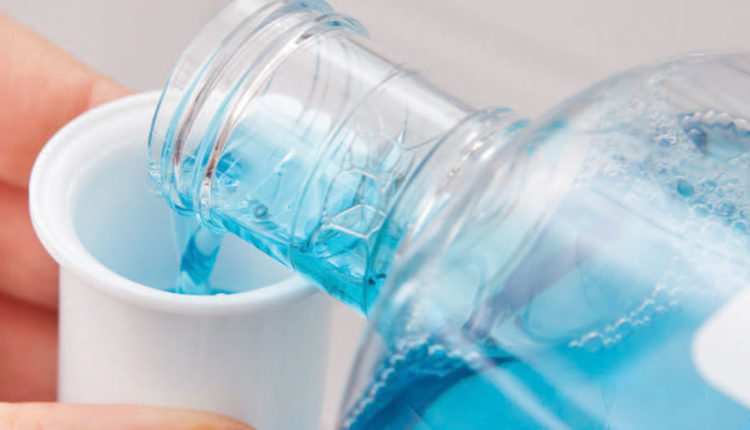A Mouthwash is a liquid that is swished throughout the mouth or gargled.
Customarily, mouthwashes are antibacterial liquids designed to decrease the bacterial count in the mouth. However, Dr. Hawryluk prescribes them additional purposes such as their analgesic, anti-inflammatory, anti-fungal action, or to counterbalance mouth dryness. Lastly, cosmetic mouth rinses tentatively control or diminish bad breath and leave the mouth with a pleasing taste.
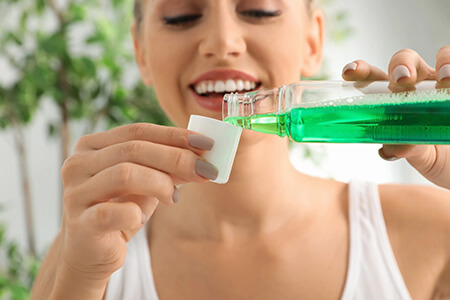
Dr. Hawryluk finds the history of mouthwash fascinating. The earliest identified evidence for mouth rinsing is in Ayurveda for treating gum disease. Later, in the Greek and Roman eras, oral rinsing after teeth cleaning became prevalent among the well-to-do, and Hippocrates advocated a blend of salt, alum, and vinegar. Also, the Jewish Talmud, recording back around 1,800 years, recommends a remedy for gum infirmities comprising “dough water” and olive oil.
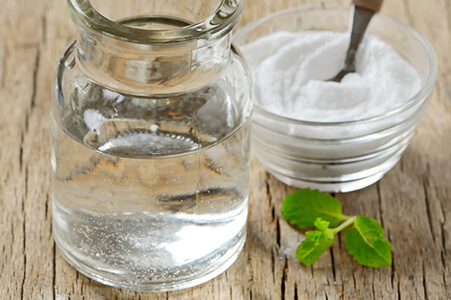
Around A.D. 1, Romans rinsed with Portuguese urine to rid their mouths of bacteria. This practice was so widespread that Nero put a surcharge on it. The rationale behind this revolves around ammonia in urine which helped to disinfect and could bleach teeth. As a result, urine endured as one of the most active components in mouthwashes until the 18th century.
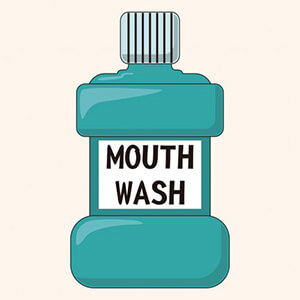
Around A.D. 40 – 90: Greek surgeon and doctor, Pedanius Dioscorides, recommended the blend of “juice and leaves of olives, milk, gum myrrh, pomegranate, vinegar, and wine” to assist in combating bad breath.
In the 12th Century: German scholar, Saint Hildegard von Bingen, advised that rinsing pure, cold water throughout the mouth can remove tartar and plaque.

Before Europeans coming to the Americas, Native North American and Mesoamerican societies used mouthwashes, regularly produced from “Coptis trifolia”. People of the Americas used saltwater mouthwashes for irritated throats and other mouthwashes for teething and mouth sores.
Anton Van Leeuwenhoek, the legendary 17th-century microscopist, found living organisms in films on the teeth (dental plaque). He also observed microbes in water from the channel by to his residence in Delft. Van Leeuwenhoek determined that combining vinegar or brandy resulted in quick immobilization or killing microbe film in water. Subsequently, he tried flushing his mouth with mouthwash, including vinegar or brandy, and discovered that living microbes persisted in the dental plaque. He determined—accurately—that the mouthwash either did not reach or was not present long enough to destroy the microbes. In 1892, German Richard Seifert created the mouthwash product Odol offered by company founder Karl August Lingner (1861–1916) in Dresden.
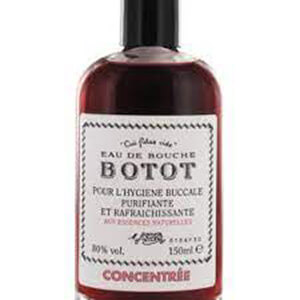
Motivated by Louis Pasteur’s views on bacterial infection, Joseph Lister from England showed in 1865 that carbolic acid on surgical dressings profoundly reduced rates of post-surgical infection. Lister’s work motivated Joseph Lawrence to invent an alcohol-based recipe for a surgical antiseptic. Lawrence called his antiseptic “Listerine” in recognition of Lister. Listerine was advertised to dentists for oral care in 1895 and sold its original oral rinse in 1914.
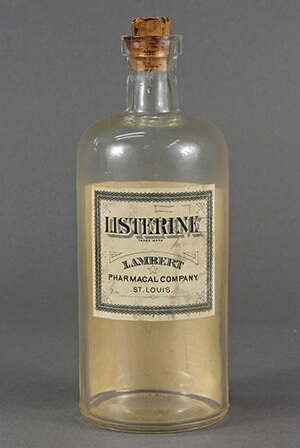
That persisted as the state of affairs till the 1960s when Harald Loe (a professor at the Royal Dental College in Aarhus) showed that a chlorhexidine mixture could block the build-up of dental plaque. Chlorhexidine is effective since it bonds to mouth surfaces and remains present for many hours.
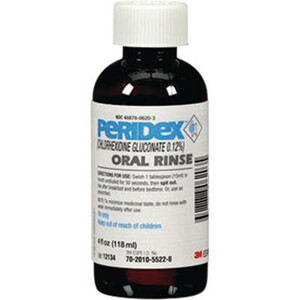
Since then, business interest in mouthwashes has been exceptional. Several newer types of mouthwash claim they effectively diminish dental plaque and the connected intensity of gingivitis and bad breath. In addition, some of these mixtures attempt to destroy the Volatile Sulfur Compounds (VSC) – produced by anaerobic bacteria that the mouth harbors.
The Future of Mouthwash
Research shows that only a small assortment of bacteria create tooth decay. Attention is focused on decay-causing bacteria such as Streptococcus mutans, leading to research into new mouthwash remedies that block these microbes from spreading. Patients must use current mouthwash treatments frequently to prevent this bacteria from regrowing. Research may eventually yield a product whose use could be less frequent. Other research is looking at how toothpaste and mouthwash can work together to provide the most benefits. Dr. Hawryluk will our Mississauga dental patients informed of any new developments.

Washing with water or mouthwash after cleaning with fluoride toothpaste can decrease the concentration of salivary fluoride. As a result, it reduces the anti-cavity re-mineralization and antimicrobial benefits of fluoride. Fluoridated mouthwash may moderate this effect or, in high concentrations, boost available fluoride. Still, it is not as cost-effective as leaving the fluoride dentifrice to sit on the teeth after brushing. However, history has shown constant improvements in mouthwash, and the future looks like it will do the same. We hope you have liked this article from our Mississauga dental clinic. Thank you for viewing it!
References:
https://en.wikipedia.org/wiki/Ayurveda
Fischman SL (October 1997) “The history of oral hygiene products: how far have we come in 6000 years?”. Periodontology 2000. 15: 7–14.
Shifman A, Orenbuch S, Rosenberg M (October 2002). “Bad breath–a major disability according to the Talmud” The Israel Medical Association Journal. 4 (10): 843–5
Keoke ED, Porterfield KM (2002) Encyclopedia of American Indian contributions to 15,000 years of inventions and innovations. New York: Facts on File.
Lax A (27 October 2005 Toxin: The cunning of bacterial poisons. Oxford Uni. Press.
Budtz-Jörgensen E, Löe H (1972) “Chlorhexidine as a denture disinfectant in the treatment of denture stomatitis.” Scandinavian Journal of Dental Research. 80 (6): 457–64.
https://en.wikipedia.org/wiki/Mouthwash
Pitts N, Duckworth RM, Marsh P, Mutti B, Parnell C, Zero D (April 2012) “Post-brushing rinsing for the control of dental caries: an exploration of the available evidence to establish what advice we should give our patients.” British Dental Journal. 212 (7): 315–20
https://www.speareducation.com/spear-review/2012/12/a-brief-history-of-mouthwash
- St. Lawrence Dentistry Looks Forward To St. Patrick’s Day! - March 12, 2025
- Understanding Dental X-Rays and Radiation: What You Should Know - January 13, 2025
- Happy New Year from St. Lawrence Dentistry! - December 30, 2024



